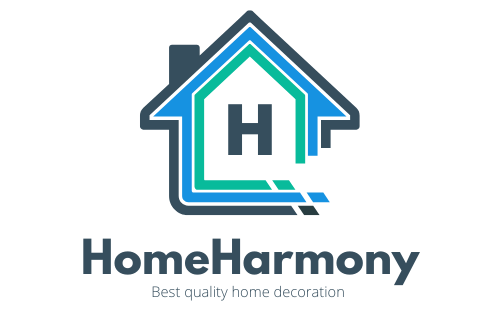From Porch Swings to Push Notifications

Picture this: you’re sitting on your front porch, watching the neighborhood kids play while catching up with Mrs. Johnson from next door about the new family moving in down the street. That’s how neighbor communication worked for decades – casual, face-to-face conversations that built real community bonds.
Fast forward to today, and your neighbor updates arrive as smartphone notifications at 2 AM. According to a survey of global consumers conducted in December 2023, SMS and text messages were the most popular method for communication with friends and family. This shift represents more than just a technological upgrade – it’s a fundamental change in how we connect with the people living right next to us.
The Rise of Neighborhood Digital Platforms
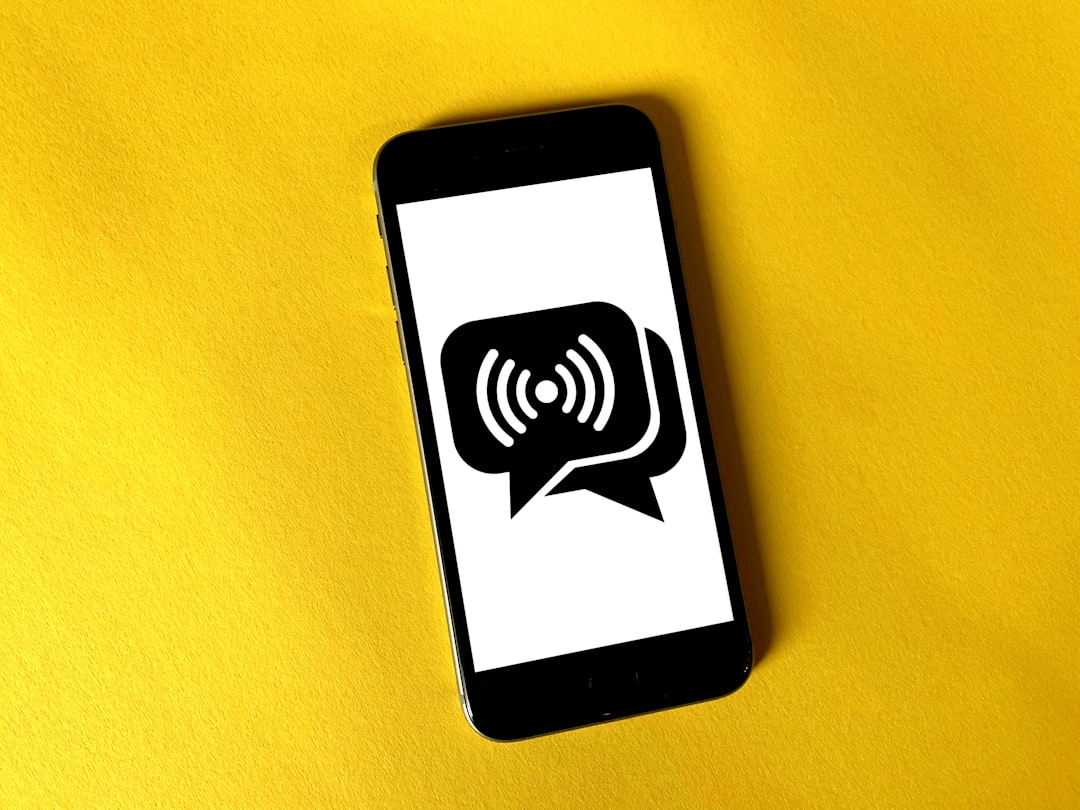
Nextdoor, launched in the United States in 2011, has grown tremendously and now covers more than 11 countries. The platform requires proof of residence to join, creating verified local communities where neighbors can share everything from safety alerts to restaurant recommendations.
Nextdoor.com’s audience is 34.66% male and 65.34% female, with the largest age group of visitors being 55-64 year olds. This demographic shift shows how older generations, who once relied heavily on in-person conversations, have embraced digital neighborhood networking. Nextdoor is the essential neighborhood network with over 100 million verified users.
When Security Cameras Became Social Networks
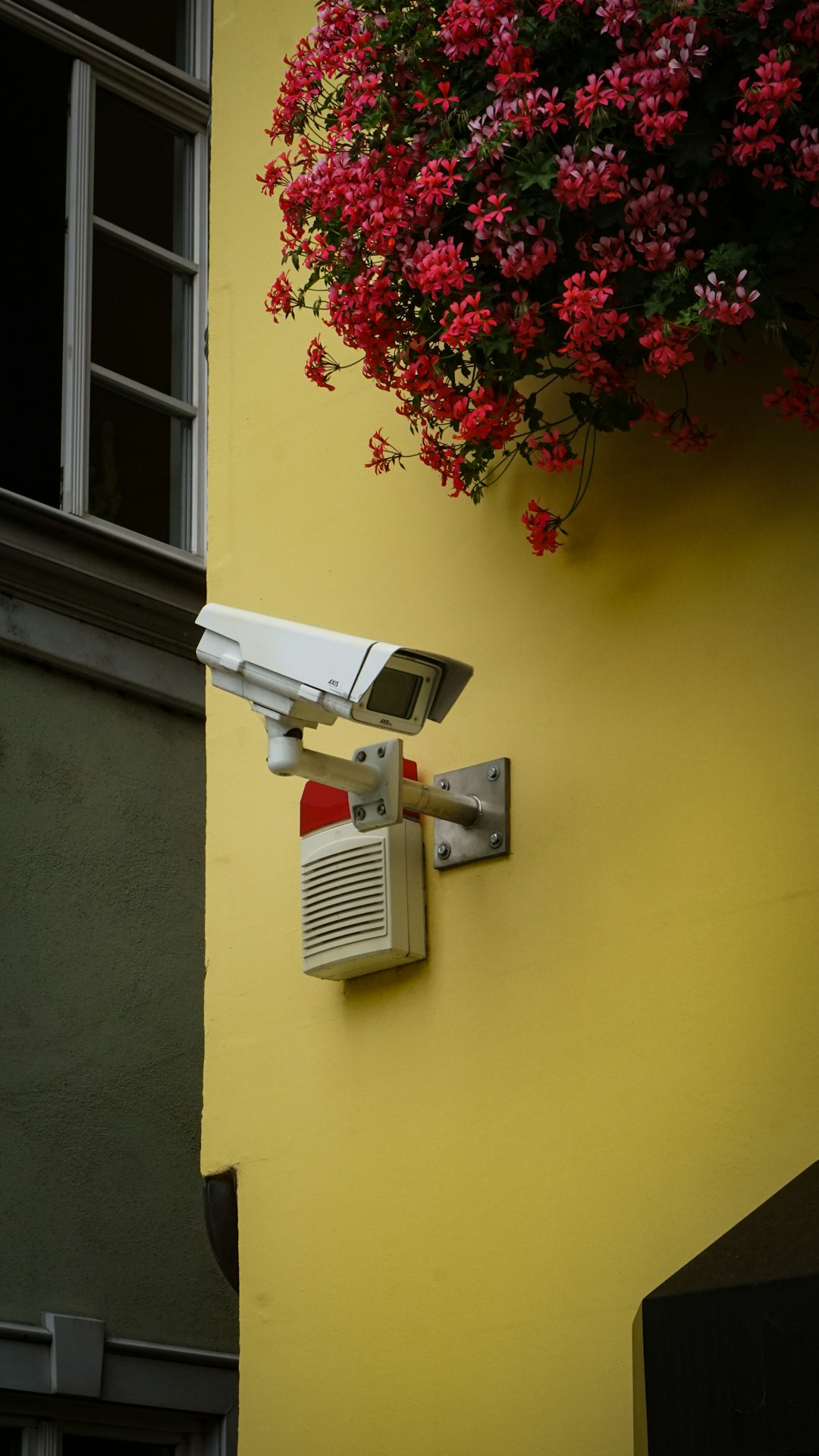
Neighbors by Ring, also known as simply Neighbors, is a hyperlocal social networking app owned by Ring LLC, a subsidiary of Amazon.com Inc. The app allows users to anonymously discuss crime and public safety issues within their local community. What started as a doorbell camera evolved into a neighborhood communication platform.
The app displays posts and notifications that fall within a five-mile radius of the user’s home address. Users can report on news and events within their neighborhood, as well as share photos and video. Unlike competing services such as Nextdoor, the service focuses exclusively on public safety, and posts are moderated to remove off-topic content. This specialized approach shows how neighbor communication has become increasingly purpose-driven rather than general socializing.
The Emergency Alert Revolution

Since it was launched in March 2017, Citizen has recorded more than 10 billion alerts from over nine million followers. The platform has saved lots of lives and helped reunite family and friends. The app represents a dramatic shift from casual neighborhood chatter to real-time emergency communication.
Citizen is another neighborhood app like Nextdoor designed to help people connect and protect themselves and the people around them. You get access to real-time security alerts and immediate help from neighbors and crime responders. What once required a phone tree or door-to-door warnings now happens instantly through push notifications.
Social Media’s Neighborhood Takeover
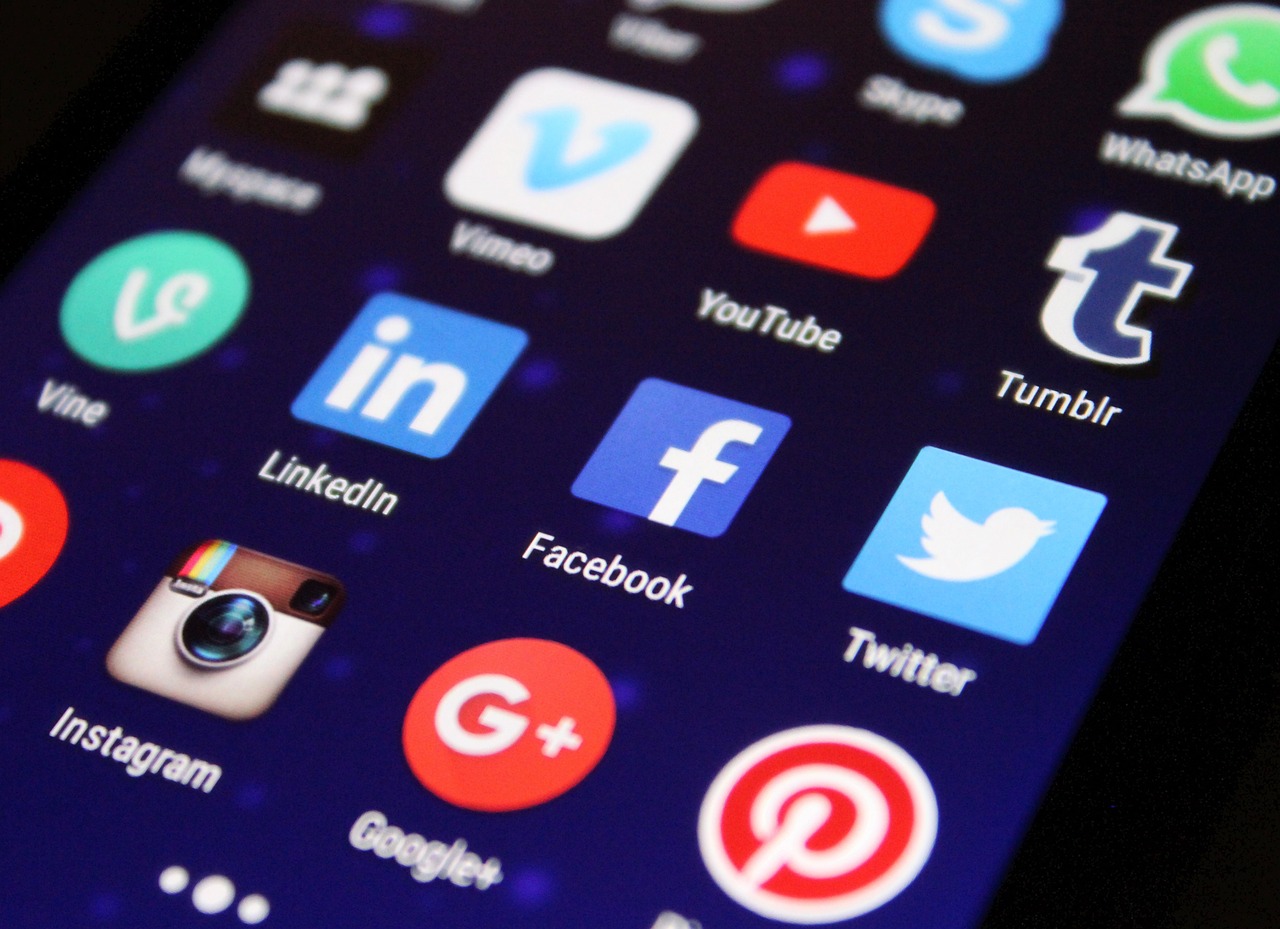
Social network platforms’ total user base in the last decade grew from 970 million in 2010 to 5.24 billion users in January 2025. According to recent estimates, the number of active social media users in the US is 253 million in 2025, meaning 73% of Americans are on social media. This massive adoption has fundamentally changed how neighbors discover and share local information.
Facebook, YouTube, Instagram, and WhatsApp are the most popular social networks worldwide, each with at least two billion active users. Many neighborhoods now have private Facebook groups that serve similar functions to traditional community boards, but with the added benefit of instant, widespread communication.
The Messaging App Explosion
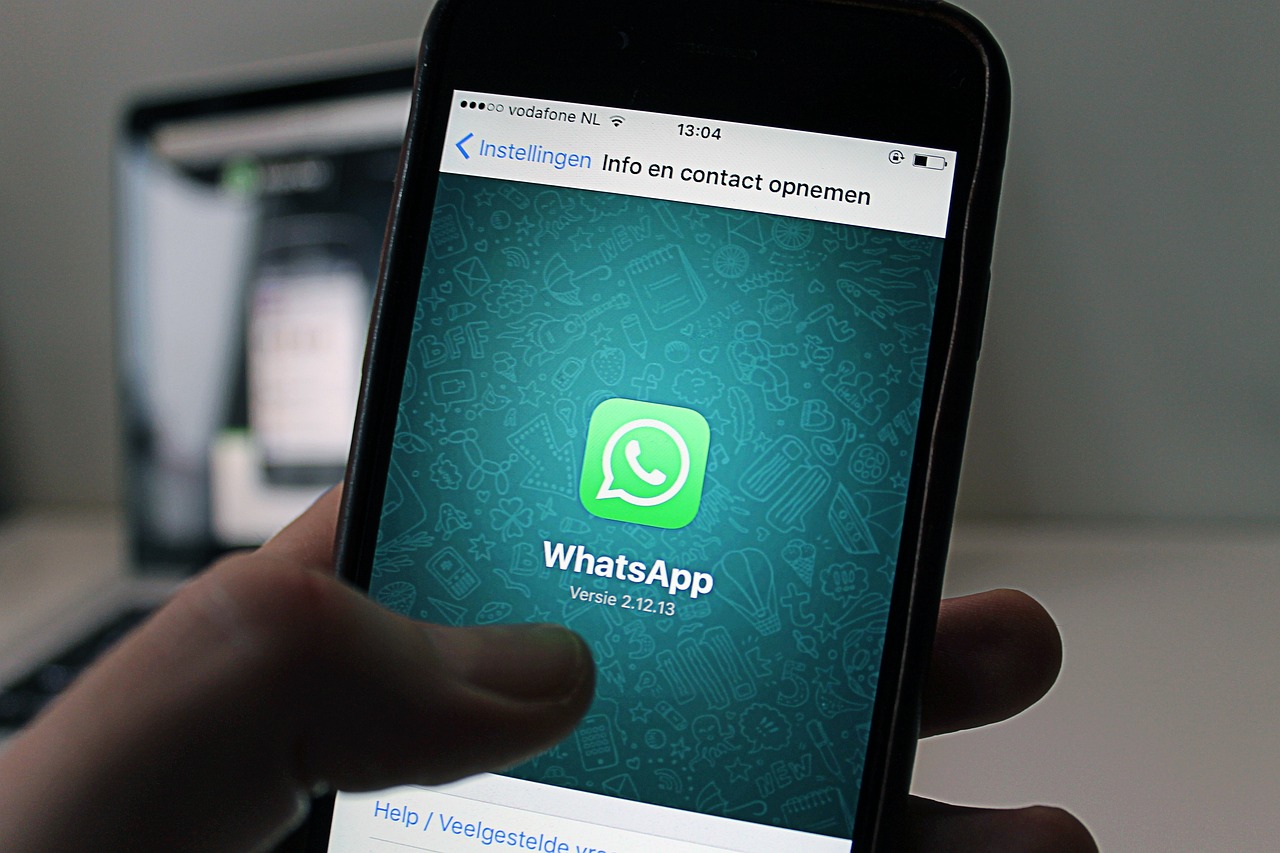
As of April 2024, approximately two billion users were accessing Meta’s WhatsApp messenger on a monthly basis. Group chats have become the new neighborhood grapevine, allowing instant coordination for everything from block parties to package delivery notifications.
Almost a third of respondents reported preferring mobile phone calls. Almost a third of respondents reported preferring mobile phone calls. However, the convenience of group messaging has made it increasingly popular for neighborhood coordination, especially among younger residents who can organize events or share updates without the formality of phone calls.
The Pew Research Reality Check
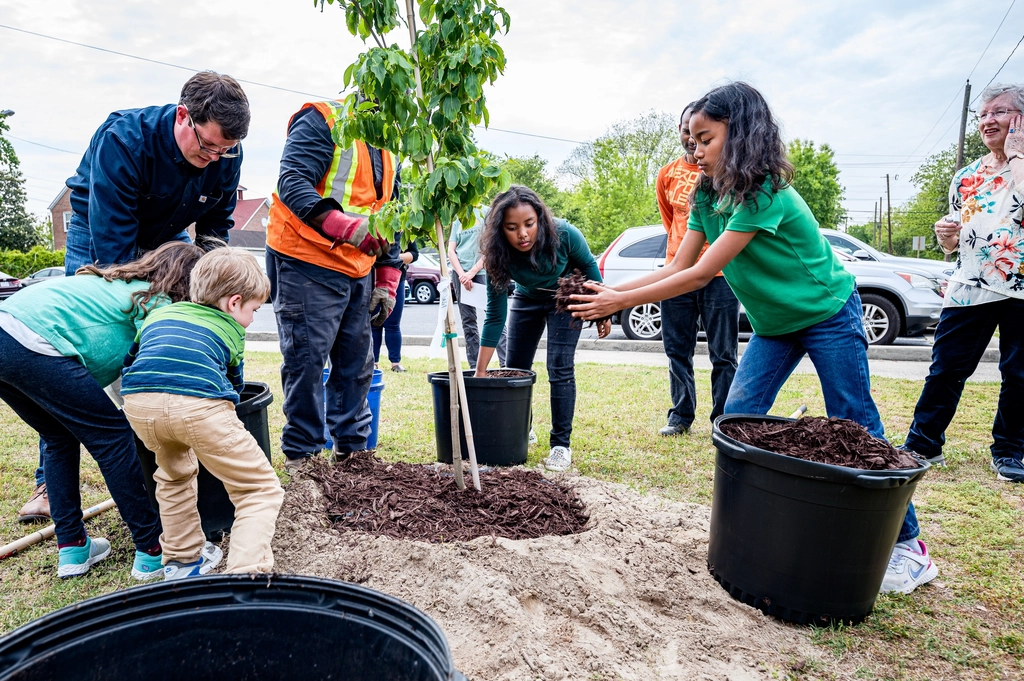
In a poll conducted at the end of last year, 22% of all adults (representing 28% of internet users) signed up to receive alerts about local issues via email or text messaging. 20% of all adults (27% of internet users) used digital tools to talk to their neighbors and keep informed about community issues. Despite all the digital innovation, the numbers show that face-to-face communication still dominates neighborhood interactions.
Overall, physical personal encounters remain the primary way people stay informed about community issues. Face-to-face encounters and phone calls remain the most frequent methods of interaction with neighbors. This suggests that while digital tools have expanded our options, they haven’t replaced traditional communication methods entirely.
When Younger Generations Lead the Change

Among email users just 8% of 18-29 year olds exchange emails with neighbors about community issues, compared with 15% of those ages 30-49. In contrast to face-to-face, telephone and email interactions, neighborhood blogs are relatively popular with young adults: 16% of online 18-29 year olds read a blog dealing with community issues.
Noplace is a new social media platform aimed at a Gen Z audience. Referred to as a “mashup of Twitter and Myspace for Gen Z”, it’s a colorful social app focused on text updates. Noplace hit #1 on the U.S. App Store in July 2024. Downloads exploded once the mobile app opened to the public. This shows how younger generations are creating entirely new forms of neighborhood communication that older residents might not even recognize.
The Professional Communication Spillover

As a result of an increase in remote and hybrid work after the COVID-19 pandemic, a staggering 74% of businesses have started using a new tool to help organize, communicate, and manage their projects over a period of 12 months. From in-person meetings and discussions, communication largely shifted online, relying mainly on tools like email, video conferencing platforms like Zoom and Microsoft Teams, and team chat tools.
73% of professionals have seen an increase in the variety of channels used to communicate at the workplace. While the use of different tools and channels can be effective, it also points to an increase in the overall workload despite the availability of such technology. These workplace communication habits have spilled over into neighborhood interactions, with residents now expecting the same level of instant connectivity and multiple communication channels in their personal communities.
The Hyperlocal App Boom
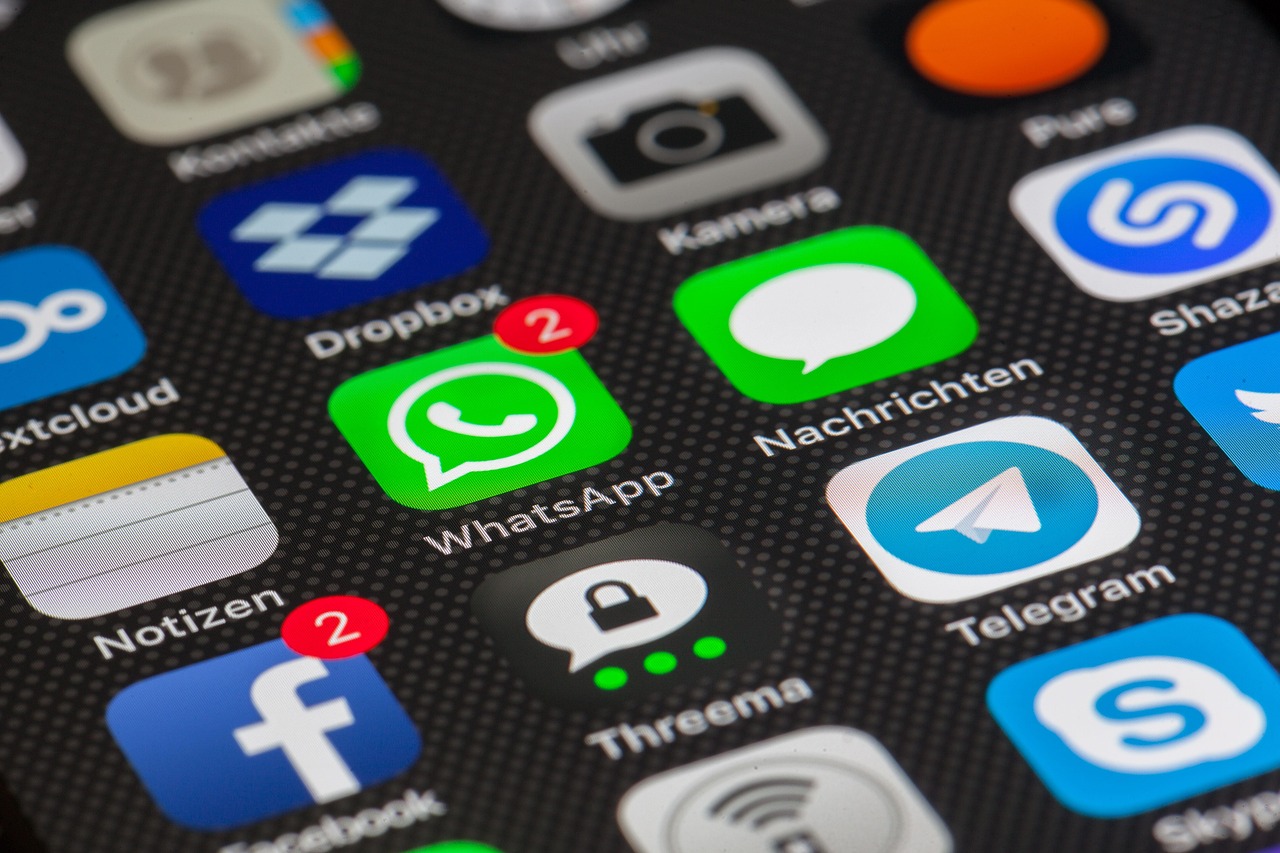
Nearlist brings together all your favorite spots within your neighborhood. You can easily find events happening around your area. The app is available in six cities including San Francisco, Berkeley, Oakland, Sausalito, Cambridge, and Boston. The emergence of city-specific apps shows how neighborhood communication has become increasingly specialized and location-focused.
OneRoof targets urban apartment buildings specifically. OneRoof creates hyperlocal communities where residents communicate about building issues, share recommendations, and organize events. This building-specific approach represents the ultimate evolution of neighborhood communication – from general area updates to floor-by-floor coordination.
The AI and Automation Factor

Faves highlights neighbor-recommended local businesses and hidden gems, powered by AI summaries. The new Nextdoor makes essential neighborhood information easier to discover and share—when it matters most. Artificial intelligence is now curating neighborhood conversations, deciding which local business recommendations you see first.
68% of communicators believe that AI will have a major impact on the workplace in the next 5 years. The use of gen AI for communication could save up to $1.6 trillion in US productivity, but its potential remains to be fully tapped into. As AI becomes more sophisticated, we’re likely to see even more automated neighborhood communication systems that can predict what information residents need before they ask for it.
The Global Perspective on Local Communication

In Q3 2024, the average time spent on social media per day is 2 hours 21 minutes globally for users aged 16+ on any device. In comparison, the time spent on networks by the average person in the US is 2 hours and 9 minutes, 12 minutes less than the global average. This massive daily engagement with digital platforms has inevitably influenced how we approach neighborhood communication.
The average social media user engages with an average of 6.83 various social media platforms. As of January 2025, there are over 5.24 billion people using social media worldwide, and the average user accesses 6.83 social media platforms monthly. With people juggling multiple digital platforms daily, neighborhood communication has become just another channel in an increasingly crowded digital landscape.
The Future of Neighbor Connection
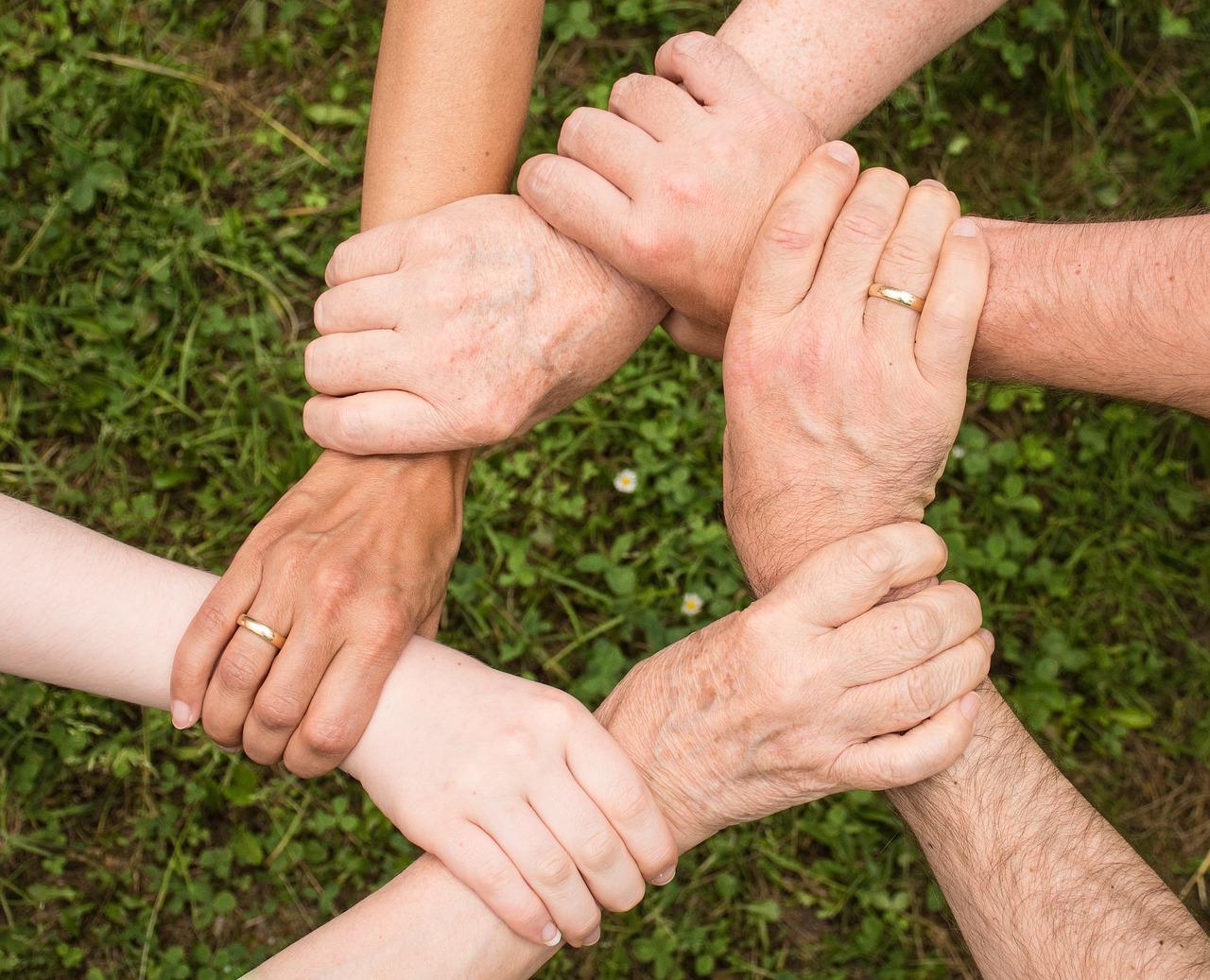
The evolution from porch gossip to group chat represents more than technological progress – it’s a fundamental shift in how communities form and maintain connections. According to the latest data, Threads is the fastest-growing platform in 2025 by number of users and the second-highest by download growth, with 322 million downloads in 2024. The Instagram-owned text app more than doubled its user base from 2024 to 2025, from 130 million to 320 million users.
While we’ve gained speed and convenience, we’ve also lost something irreplaceable – the spontaneous nature of bumping into neighbors and having unplanned conversations. At the same time, internet tools are gaining ground in community-oriented communications. The challenge now is finding ways to blend digital efficiency with genuine human connection.
The transformation from front porch conversations to smartphone notifications shows how dramatically our social fabric has changed. We’ve traded the warmth of a neighbor’s wave for the efficiency of a group chat notification. The question isn’t whether this change is good or bad – it’s how we can harness these new tools to build stronger, more connected communities than ever before. Will your next neighborhood conversation happen face-to-face or through a screen?

Henrieke Otte is an accomplished writer and content editor, specializing in topics that inspire thoughtful living—ranging from global travel and sustainable lifestyles to interior design and architecture. With a keen editorial sense and a background in cultural studies, Henrieke brings depth, elegance, and clarity to every piece she crafts.
Her work is known for its engaging voice, visual sensitivity, and ability to turn complex ideas into accessible, reader-friendly narratives. Whether exploring eco-conscious destinations, dissecting climate-conscious home trends, or curating serene living spaces, Henrieke writes with a balance of creativity and insight that resonates with design-savvy, environmentally aware audiences.
Driven by a love of meaningful storytelling and a refined aesthetic, Henrieke contributes regularly to digital platforms and magazines where quality content meets visual sophistication.
